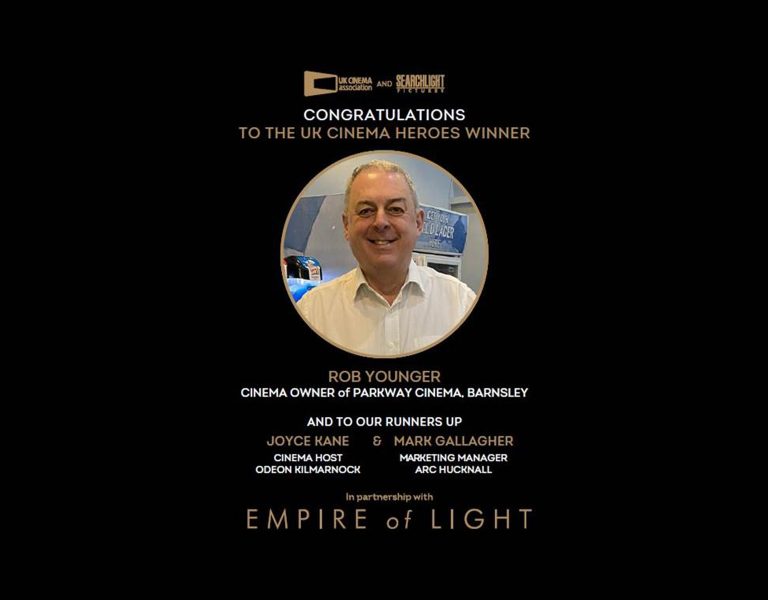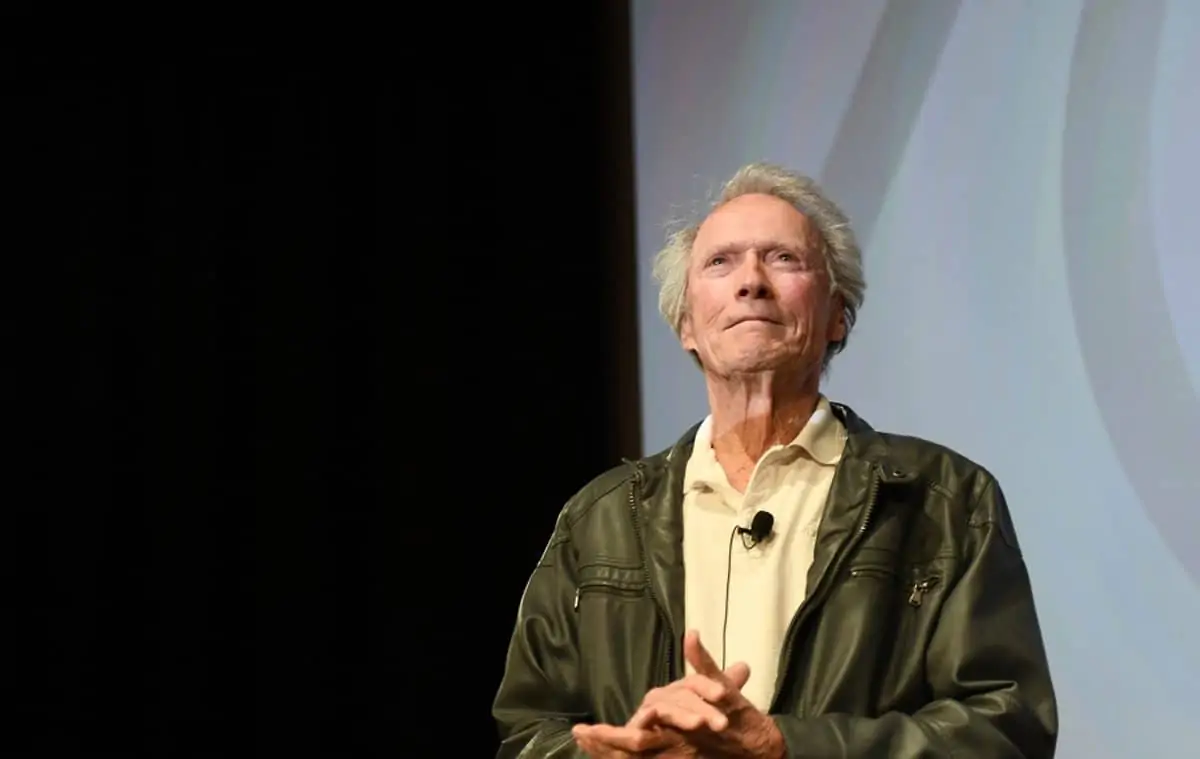The transformative power of film in advocating for the voiceless
The Transformative Influence of Cinema
Cinema is such an effective medium to illuminate the stories and issues often left in the shadows of mainstream discourse. Its visual nature uniquely positions it to convey the intricacies of individual lives interwoven with broader societal issues in a way that transcends the limitations of other forms of communication. Through the lens of film, audiences are invited into the inner worlds of characters, experiencing their thoughts, emotions, and challenges as if they were their own. This intimate portrayal fosters a deep sense of empathy and connection, encouraging viewers to reflect on their own perspectives and perhaps see the world through someone else’s eyes. It is this capacity to engage, to evoke empathy, and to mirror the complexities of human experience that establishes cinema as a potent catalyst for change. By captivating audiences and drawing them into stories that matter, cinema does more than entertain; it initiates a dialogue, sometimes sparking movements that ripple out beyond the theater, effecting real-world change.
The Evolution of Representation in Cinema
Cinema’s journey through the ages has been marked by a continuous push towards greater diversity and inclusivity. This evolution reflects not just recent shifts but a longstanding tradition of challenging and changing the narrative landscape. From the expressive silence of the early films to the dynamic dialogues of the talkies, each era ushered in transformative changes. A pivotal moment came with Dustin Hoffman’s casting in The Graduate, challenging the traditional leading-man archetype and showcasing the audience’s appetite for relatable, complex characters.
In more recent times, the industry has made significant strides towards embracing a wider spectrum of representation, from body positivity to age inclusivity. Meryl Streep’s candid reflection on fearing the end of her career at 29 highlights the once prevalent ageism in Hollywood—a barrier now slowly being dismantled. Today’s cinema celebrates diverse roles for women, people of color, and, notably, actors with disabilities, as exemplified by the film Coda. These authentic portrayals not only deepen audience engagement but also enrich the storytelling fabric.
Yet, the rise of the superhero genre, with its penchant for perfection and fantasy, introduces a contrast to this push for realism, sometimes alienating viewers seeking connection with more grounded characters. This tension underscores the industry’s ongoing challenge: finding the balance between fantasy and reality, between the idealized and the genuine.
As cinema navigates the post-DVD era, facing the decline of mid-budget films, the industry confronts a critical choice. Embracing risk and investing in stories that mirror the rich tapestry of human experience is more crucial than ever. By committing to diversity and authenticity, cinema can continue to evolve, resonate with a broader audience, and remain a vital, dynamic force in cultural dialogue and change.
The Urgency of Mental Health Representation
The portrayal of mental health in cinema remains an area in dire need of depth and focus. While strides have been made, the vast landscape of mental health struggles—be it anxiety, depression, or other challenges—still lacks sufficient representation on screen. This scarcity is despite the undeniable prevalence of these issues within society, as evidenced by stark statistics.
Popular culture has made some attempts, like the depiction of Tony Soprano’s panic attacks or Tony Stark’s struggles in Iron Man III, to weave mental health narratives into characters. However, such portrayals often fall short of connecting with audiences on a meaningful level, especially within genres that idolize invincibility, inadvertently sidelining the complexity and humanity of mental health challenges.
Contrastingly, cinema’s most enduring and beloved characters often embody vulnerability and resilience. The underdog’s journey, exemplified by Charlie Chaplin’s “The Tramp,” resonates deeply because it mirrors the audience’s own struggles and triumphs against adversity. These characters’ capacity to face fear, to falter, yet to persist and overcome, offers not just solace but also inspiration.
It’s clear that mental health deserves a more nuanced, prominent place in cinematic storytelling, moving beyond stereotypes and superficial treatments to showcase the real, raw human experience. By doing so, films have the potential to foster a deeper understanding and empathy, challenging the stigma and silence that too often surrounds these issues.
Reflecting on Life, Acting, and Cinema’s Mirror to Society
The authentic portrayal of life’s challenges, including disability, unemployment, and mental health, is something I’m deeply passionate about. Growing up with a disabled mother, I witnessed firsthand the complexities and nuances of living with a disability, shaping my perspective on the importance of representation in cinema.
As an actor, the precarious nature of employment is a reality I’ve lived. The industry’s silence on the economic struggles actors face is a stark contrast to the glamor often depicted. The humorous disbelief at how characters in shows like “Friends” manage their New York lifestyles barely scratches the surface of the financial insecurities many in the profession endure.
My personal battles with anxiety and self-doubt further underscore the need for genuine narratives in film that address mental health without stigma. The journey of an actor, rife with rejection and uncertainty, mirrors the broader human experience of confronting our fears and limitations. The belief that we must conquer our insecurities, that victory lies in eradication, overlooks the truth that for many, living with these challenges is a lifelong reality.
This interplay between personal struggle and the quest for authenticity in representation is crucial. It’s not about depicting flawless characters but rather those who, despite their vulnerabilities, persevere. This resonates not just with me but with audiences seeking to see their struggles and triumphs reflected on screen. Embracing these aspects of human experience in cinema can foster a deeper connection, understanding, and, ultimately, healing.
Cinema’s Resonance: The Shawshank Redemption’s Universal Appeal
Among the myriad of films that have touched my life, The Shawshank Redemption stands out as a testament to cinema’s profound impact on real-world issues. Celebrated not for its critical acclaim but for its deep connection with the audience—the everyday people—it’s no surprise it’s lauded as the top film on IMDb. Its universal appeal lies in its portrayal of various forms of imprisonment, from the literal to the metaphorical, resonating with anyone striving to overcome personal confines.
The journey of Andy Dufresne encapsulates the essence of struggle and resilience, themes that echo the human condition. The Shawshank Redemption masterfully illustrates that the path to liberation, whether from a physical cell or life’s burdens, is fraught with challenges. Yet, it’s this portrayal of enduring hope and triumph over adversity that strikes a chord with viewers, reminding us of the power of perseverance and the strength found in hope. This film, in its exploration of liberation and redemption, underscores cinema’s ability to inspire and connect with us on a profoundly personal level, mirroring our own journeys of resilience.
Highly Unrepresented Issues Through Film: The Keeper
Everyone is familiar with the experience of having their hopes dashed, struggling to break free from something seemingly inescapable, and grappling with challenges for years. When we witness Brooks, the older prisoner, finally leave Shawshank but fail to rehabilitate and reintegrate with the world, ultimately leading to his suicide, it resonates deeply. This subplot in the film speaks to the cycles of returning to familiar pain, struggles, or abuses, often feeling undeserving of anything better. Thus, The Keeper offers numerous elements that audiences can profoundly relate to and reflect upon at various stages of their lives.
We have recently produced a film that I firmly believe will shed light on the underrepresented real-world issue of PTSD. Titled The Keeper, it recounts the true story of George Eshleman, an Army Veteran who embarked on the Appalachian Trail carrying 363 nametapes of veteran suicides. This narrative poignantly represents individuals overlooked and living in the shadows of society—veterans who, having returned from war, silently endure the debilitating effects of post-traumatic stress disorder. Just because they have physically returned home does not mean they are not deeply traumatized. Similar to a head injury, the effects of trauma can linger, causing a ripple effect in their lives. Sadly, this issue remains largely unexplored and disregarded, leaving many veterans without the support they desperately seek, resulting in the alarming statistic of 22 suicides per day.
Tragically, even young people, including 18-year-olds of both genders, are succumbing to suicide, highlighting the urgency of the issue. Their voices are often unheard, perpetuating the cycle of suffering. George Eshleman’s symbolic hike with 363 nametapes aimed to raise awareness, acknowledging that while there may not be a definitive cure, awareness is the crucial first step. This endeavor evolved into a script and ultimately a film, utilizing the powerful medium of cinema to convey the story with exceptional acting, music, and cinematography, fostering empathy and understanding among viewers.
Conclusion
Cinema stands as a profound vehicle for reflecting the intricacies of the human experience, fostering empathy, understanding, and societal transformation. Just as films like Shawshank Redemption and The Keeper illuminate the shadows of our society, offering a mirror to our collective struggles and aspirations, they also inspire us to confront challenges, question boundaries, and envision a world characterized by compassion and comprehension.
These narratives resonate deeply with audiences, tapping into universal experiences of dashed hopes, enduring struggles, and cycles of pain. The Keeper, for instance, delves into the overlooked issue of PTSD, highlighting the silent suffering of veterans who return from war only to face ongoing trauma. Through the powerful storytelling of George Eshleman’s journey, the film sheds light on the profound effects of post-traumatic stress disorder, a topic often disregarded by society.
Moreover, realistic scenes derived from the experiences of soldiers serve as tangible points for discussion within families and communities. By prompting conversations and fostering understanding, these portrayals encourage individuals to reach out and support their loved ones, even when immediate acknowledgment of their struggles may not be forthcoming. Thus, films like The Keeper not only entertain but also serve as catalysts for empathy and connection, enriching our collective understanding of the human condition.

















